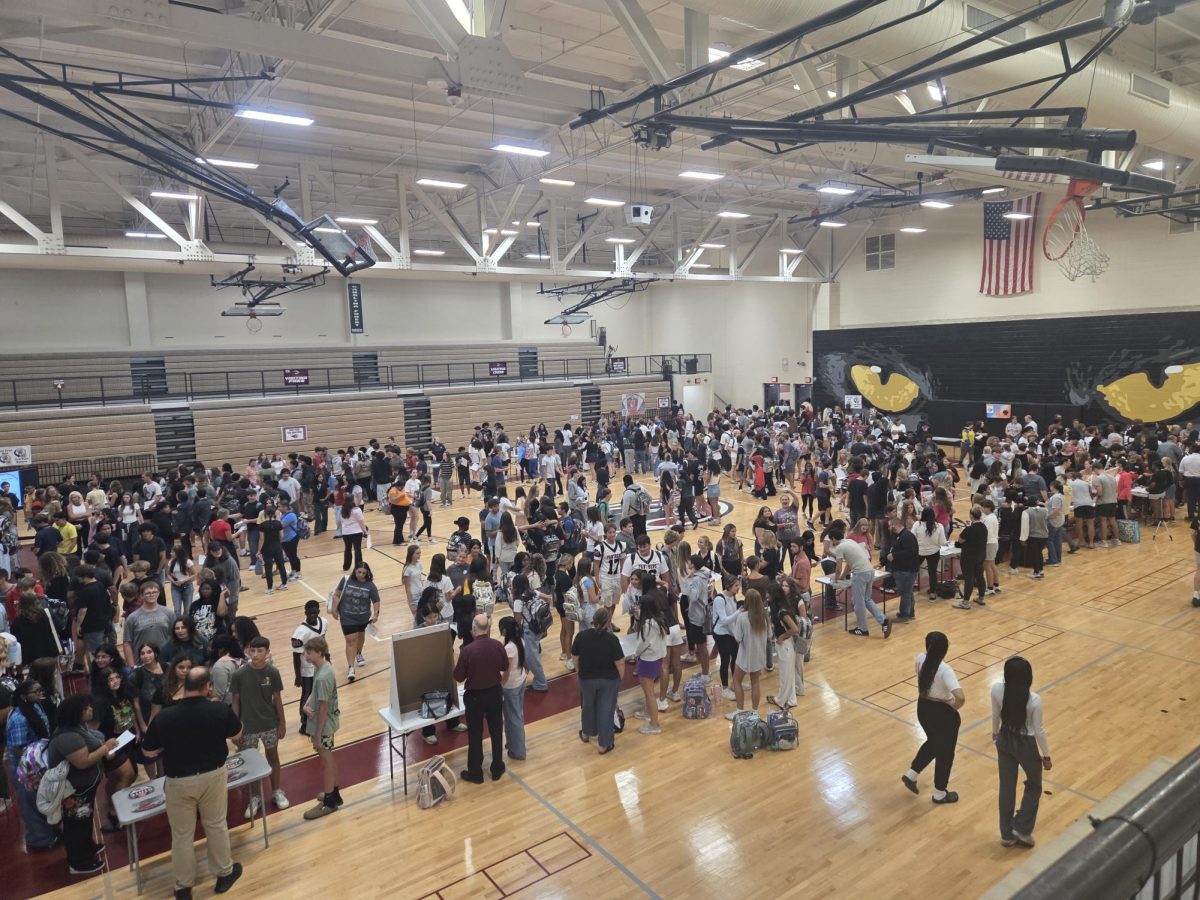In recent years, there has been a big change happening across the United States with the introduction of smart cities. These cities are using advanced technology and new infrastructure to make lives better in big cities. They focus on using data and connections to create communities that are smarter and more connected. Everything from energy conservation, transportation to healthcare and public services is being transformed by smart solutions.
Across the U.S many states are in the process of implementing smart cities.
One example of a smart city is New York City. They are using technology in many ways to lower energy consumption. This has been done by using smart grids, intelligent transportation systems and real-time data analysis. NYC has been able to reduce pollution and make public services more efficient. They have also set up free Wi-Fi kiosks across the city to improve internet access.
Chicago is another city that is at the forefront of the smart city movement. The city of Chicago announced an initiative called “Array of Things” that uses sensors to collect information about the environment and infrastructure. This helps city officials respond quickly to things like air quality, traffic, and flooding, making the city safer and more livable.
“I would like to live in a smart city because they limit pollution and get rid of what hurts our atmosphere,” shared Chase Andrews, a senior at Carolina Forest.
Smart cities are not just happening on the East Coast but also on the West Coast.
San Francisco, known for its love of technology, is using smart solutions to tackle urban challenges. They have improved their transportation system using smart traffic management, electric vehicle infrastructure and ride-sharing platforms. They have also implemented smart waste management to make waste collection and recycling more efficient.
According to the article, “The Promising Future of Microchip Technology: Enabling Transformation Across Industries,” microchips will be used to improve human life by making autonomous vehicles safer and helping with traffic flow. Smart Cities could use AI (Artificial Intelligence) to help with healthcare. The microchips are being tested to help with energy conservation by improving battery life on all technology devices. Microchips are used in computers to share data and help humans live a smarter life.
John D’edigio, a math teacher at Carolina Forest added, “I would not get microchipped because I believe we give up enough freedom of privacy in this world. Just walking into school we are surrounded by 10 cameras.”
Even smaller cities like Columbus, Ohio, are making big strides in using technology to solve problems. Columbus won a competition called the Smart City Challenge, which gave the city a lot of grant money to develop new transportation systems and smart infrastructure. An example the grant provided was funding for electronic vehicle charging stations.
While the move towards smart cities is exciting, there are also challenges to consider. We need to think about things like data security, privacy and making sure everyone has equal access to technology. However, the potential benefits are huge with more efficiency, less impact on the environment and a better quality of life. As technology keeps advancing and new solutions are found, the possibilities for creating sustainable and connected cities are endless. Cities across the United States have a shared vision to embrace smart solutions and lead the way in creating a brighter, cleaner, and more intelligent future.














































